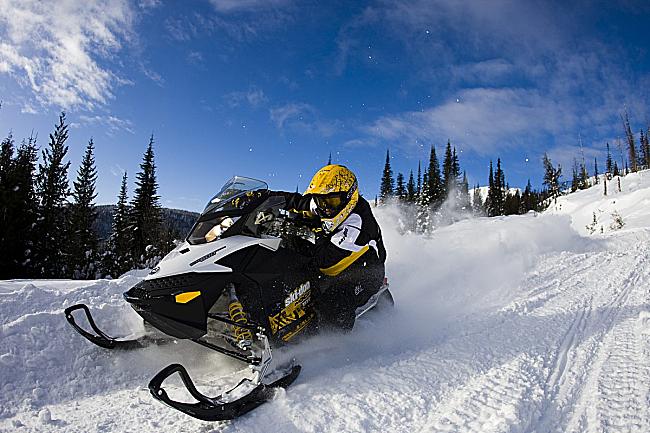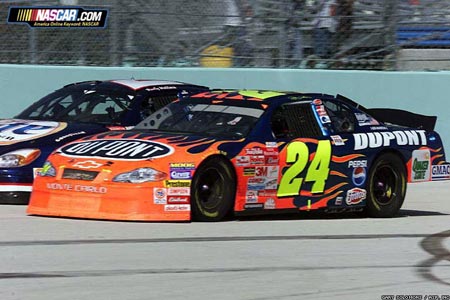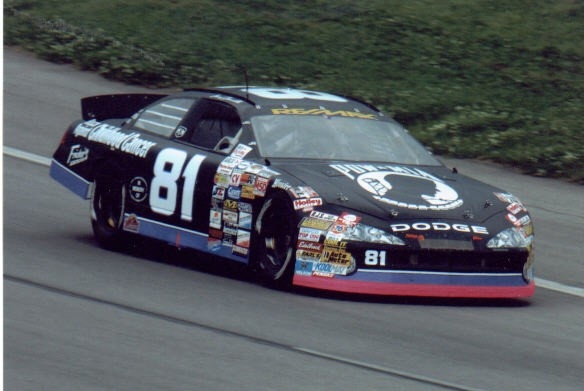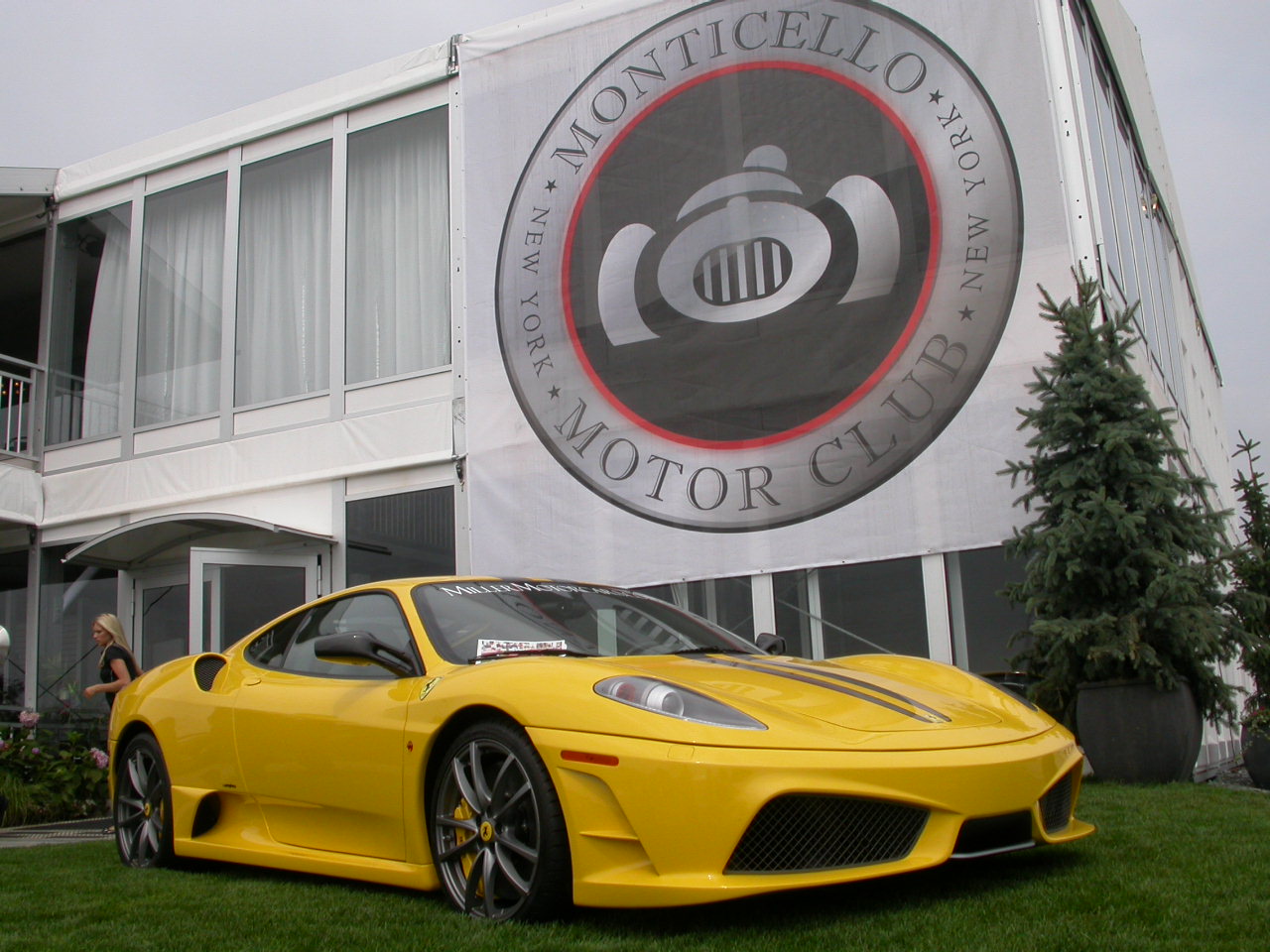Contents
1 Motor racing
2 Non-racing motorsport
3 Olympics
4 See also
5 External links
Motor racing
Each race season a new group of racers hit the track to chase that elusive checkered flag. Youngsters as young as five turn laps in Quarter Midgets, and middle-aged guys-and increasingly-gals decide to make the journey from the grandstands to the starting lineup of a Street Stock or Mini Stock race at their local track.
The choices available when selecting an entry level race vehicle are as varied and diverse as they've ever been. And the money required to go racing runs along a broad spectrum, from a single grand to tens of thousands of dollars.
The staff of SCR has compiled the following guide for entry level racing options. The list is not all-inclusive, but we've attempted to offer a wide selection of options. Whatever choice you make, you can bet you're about to enter one of the most enjoyable of all sporting events. Racing isn't easy, nor is it inexpensive. But in terms of family fun and interaction, it's hard to beat.
Go-Karts
It doesn't get more entry level than Go-Karts. We've all had a blast driving "fun-karts" at the local amusement park, but a Go-Kart built for competition is a different beast entirely. The adult divisions will reach speeds depending on the size of the track of 70-80 mph. And don't forget, you're only an inch or two off the ground.
I believe Karting is the best type of entry level racing regardless of age. This is because Karting is not only a great place to learn basic skills, but also because of the advanced car control it teaches. A Kart's steering is extremely touchy, requiring a driver to slow the steering input and feel everything the Kart is doing.
A lot of graduates to the upper levels of racing got their start in Karting. When I first started racing in Karts around 10 years ago, it was huge in the Midwest. You could travel a couple of hours in any direction and be at a very competitive race. It has since waned a little in the Midwest, but on the East Coast it still draws fairly large car counts.
Another great thing about Karting is it can be relatively inexpensive; 2,000 to 2,500 will get you a very competitive Kart. And because of their small size, you don't have to have a trailer to haul a Kart. They'll fit in the back of a normal-size pickup. Another benefit is safety. Some people maintain Karts are dangerous because of not having a seat belt or any type of harness. But with helmets, neck harnesses, and fire suits, it's a relatively safe way to race.
If you're not careful, though, you can invest a lot of money in tires and engines. Luckily, sanctioning groups like the World Karting Association have started to institute spec tire rules to help with the costs. -John Gibson
The Upside: If you invest your money in the right places, Karting can be inexpensive.
The Downside: If you're not located near a racing hotbed, it might be difficult finding a track with strong car counts.
Source
World Karting Association
orldkarting.com
Quarter Midgets
Of all the entry level options out there, Quarter Midgets have produced a heritage of talented racers few race vehicles can match. Jeff Gordon and Ryan Newman are among the many top drivers who started in these vehicles.
A Quarter Midget is essentially a scaled-down version of an actual Midget racer, approximately 1/4 scale. The cars are built around a tubular frame and are fully suspended with springs or torsion bars and shocks. The bodies are fiberglass, usually painted to the driver's preference. Surrounding the driver is a chrome-moly rollcage and nerf bars. The engines are single cylinder units manufactured by Honda, Continental, Briggs & Stratton, and Deco, producing between 2.5 and 4 hp. Modifications in the upper classes allow these engines to reach several times the stock power levels. These air-cooled 4-cycle engines are reliable and can produce as much as 10,000 rpm in their more highly modified forms
 Motor Sports
Motor Sports Motor Sports
Motor Sports Motor Sports
Motor Sports Motor Sports
Motor Sports Motor Sports
Motor Sports Motor Sports
Motor Sports Motor Sports
Motor Sports Motor Sports
Motor Sports Motor Sports
Motor Sports Motor Sports
Motor Sports Motor Sports
Motor Sports Motor Sports
Motor Sports Motor Sports
Motor Sports
 Motor Sports
Motor Sports Motor Sports
Motor Sports Motor Sports
Motor Sports Motor Sports
Motor Sports Motor Sports
Motor Sports Motor Sports
Motor Sports Motor Sports
Motor Sports
Motor Sports
No comments:
Post a Comment